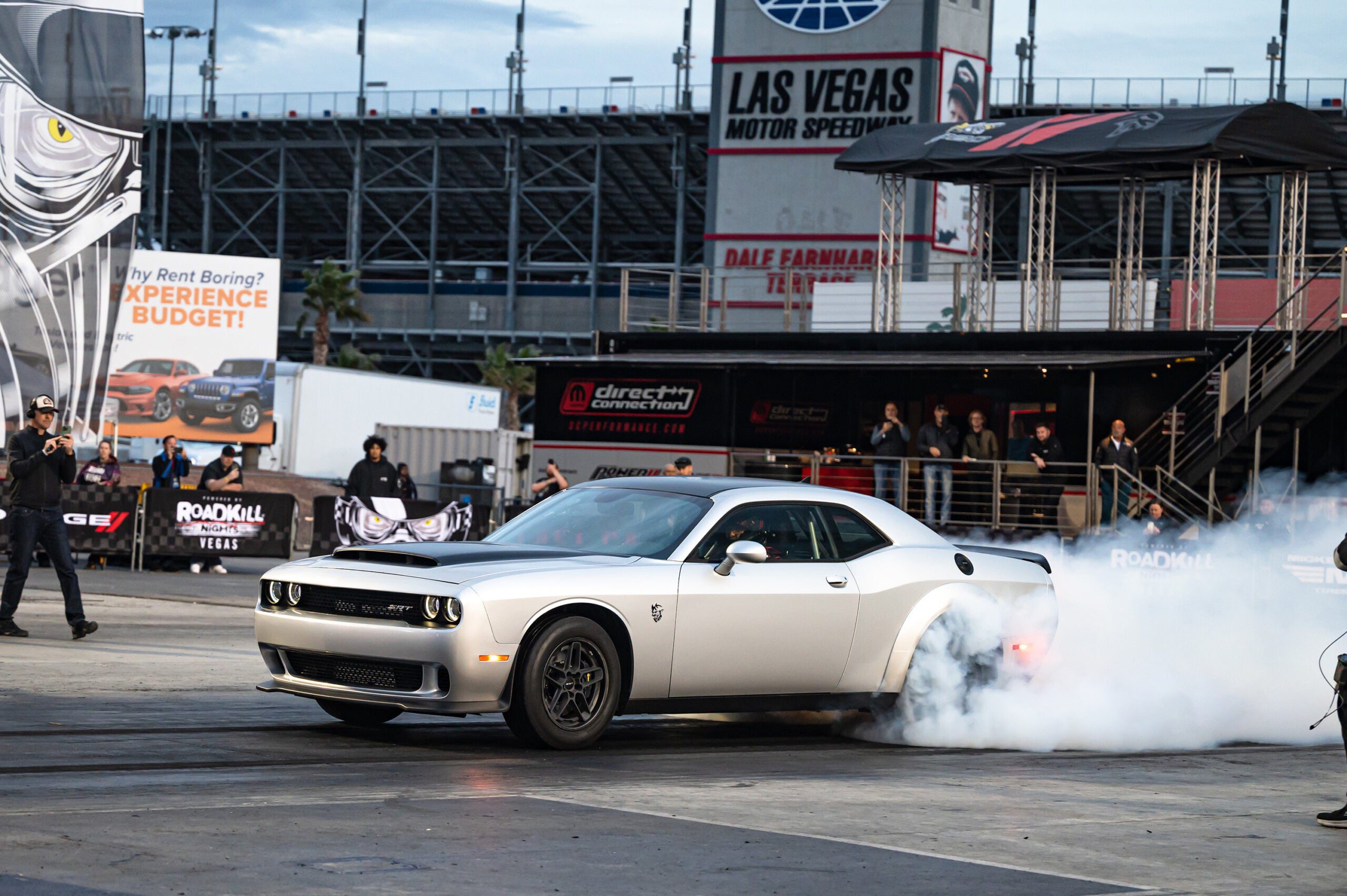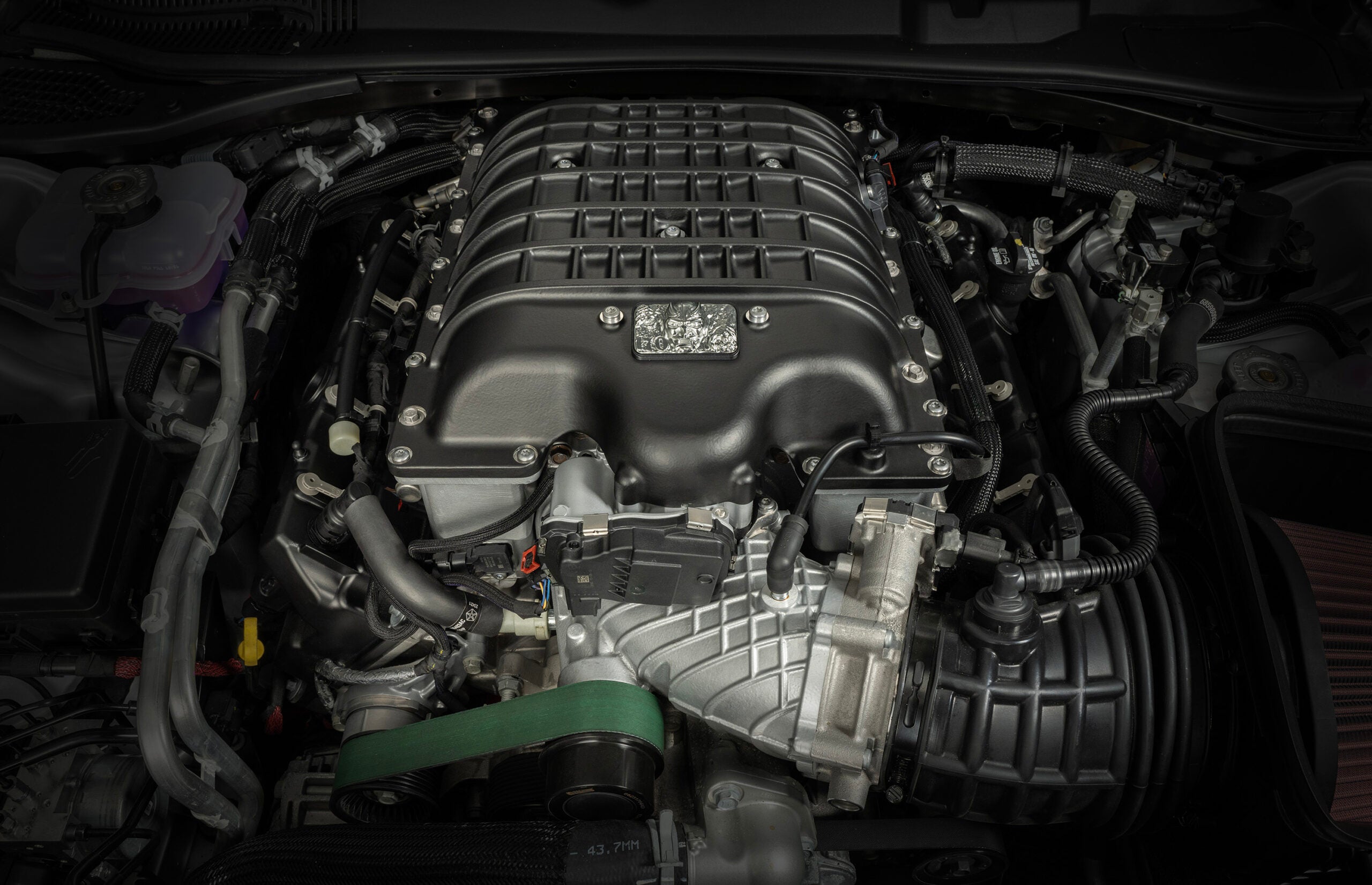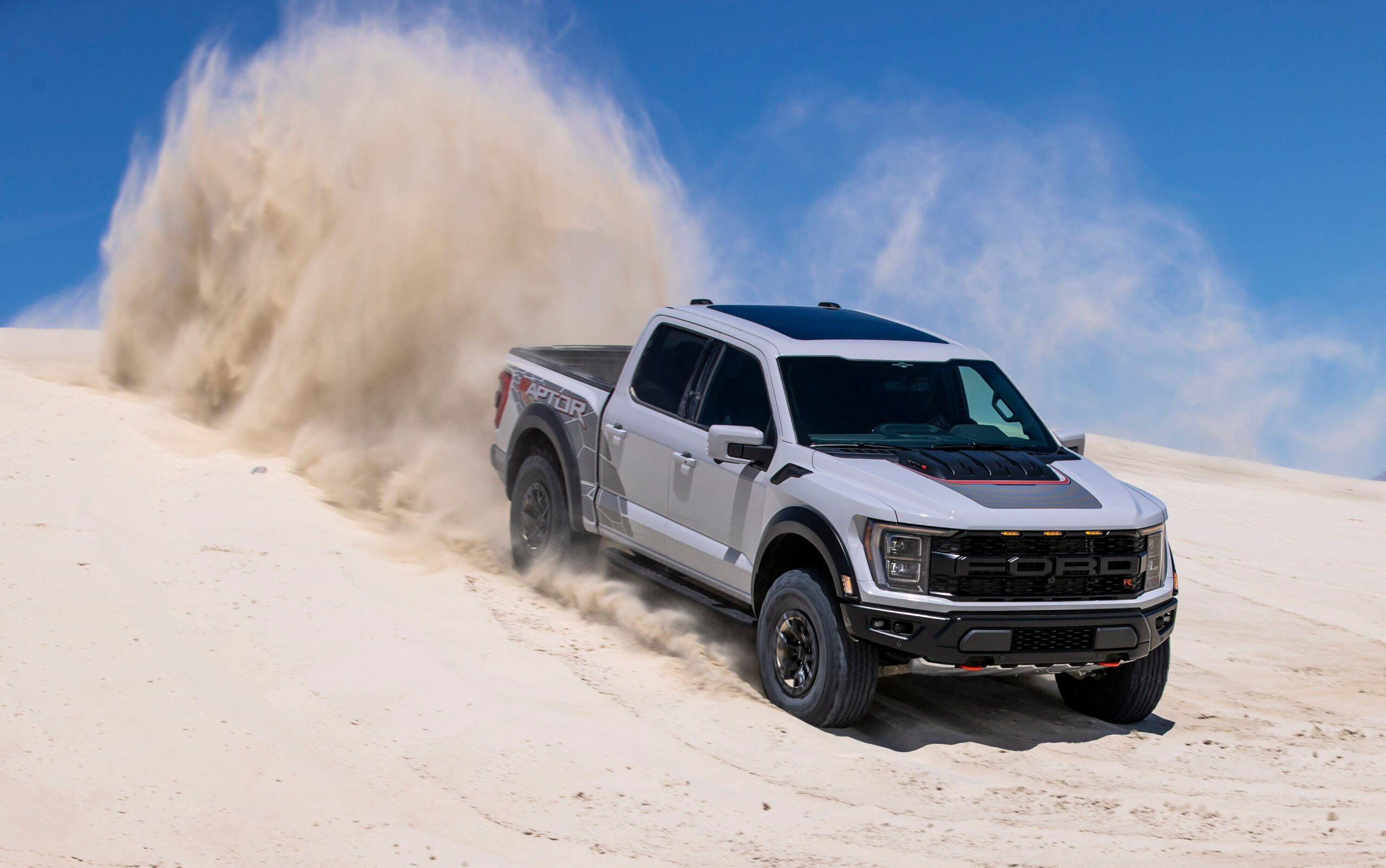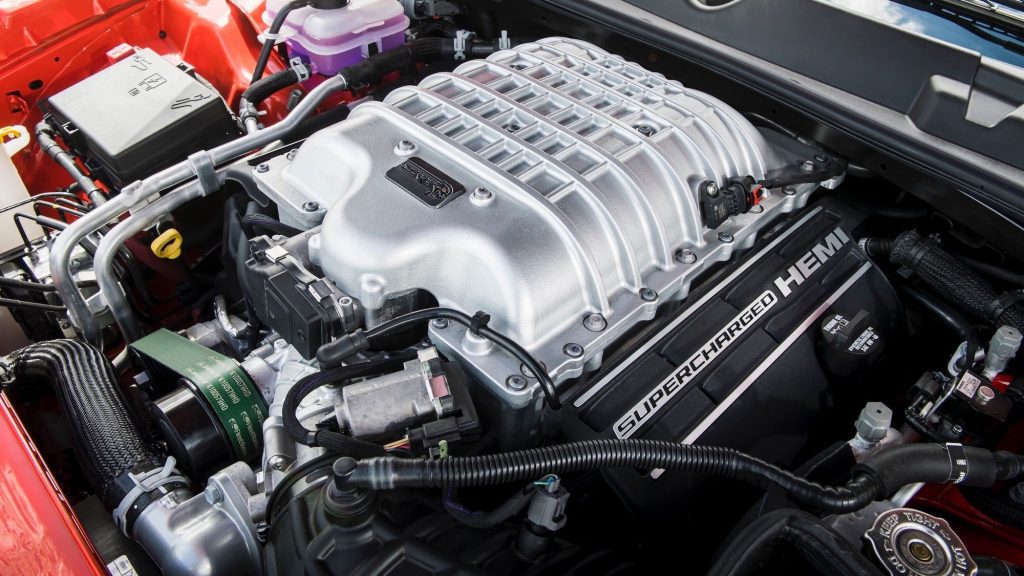Automobiles, particularly fast ones, offer an experience that engages all the senses except for taste (since biting metal is not recommended). Every car has a distinct sound, even electric ones EVsvehicles hybrid engine noise, it’s difficult to confuse it with anything else. cars have their own unique sound, similar to how the accent of a person from Georgia differs from someone in Texas.
A supercharger has a specific whine, especially in muscle cars like the Dodge Challenger Hellcat. Hearing a Hellcat go by might give you chills as your brain recognizes the 717 to 800-plus horsepower available. The noise is not the main appeal, though. Power is the primary reason automakers use superchargers, and it's the same objective for mechanics who wish to enhance their engines' horsepower capacity.

Superchargers, like turbochargers, are air compressors that provide oxygen to the engine. During the intake stroke, a supercharger draws and compresses air into the engine, creating that powerful whine. Mobil oil explains the differences between turbocharging and supercharging: "Turbochargers utilize the vehicle's exhaust gas; two fans–a turbine fan and a compressor fan–rotate from exhaust gas. Conversely, superchargers are powered directly by the engine; a belt pulley drives gears that cause a compressor fan to rotate."
To really surprise you, a car can be turbocharged and supercharged simultaneously. These twin-charged vehicles are rare, but they exist.
Supercharger types
Superchargers were created in the late 1800s; German inventor Gottlieb Daimler patented supercharging an internal combustion engine in 1885. Today, there are essentially three types of superchargers: roots, twin-screw, and centrifugal.

The roots version, which employs two rotors to push a large volume of air into the engine before compressing it into the manifold, is the type you might see protruding from the hood at a hot rod show. Twin-screw is an advancement of the Roots brothers' design, using specific rotor shapes to compress air as the rotors turn. Centrifugal superchargers resemble their turbocharger counterparts, utilizing a compact, circular shape. A centrifugal supercharger utilizes natural centrifugal force (which moves away from the center) to push additional oxygen into an engine, increasing airflow to burn more fuel. Consequently, the engine can produce more power.
"Centrifugal superchargers are generally more efficient by design than traditional roots style superchargers," stated Specialty Equipment Market Association (SEMA) Chairman Kyle Fickler told PopSci. Fickler, along with his daughter Danika and wife Debra, are renowned experts in speed and power, with a family history of drag racing.
Fickler also collaborates with ProCharger, a supercharger manufacturer. The company advertises a 215-horsepower increase for a 6.4-liter engine with one of its centrifugal superchargers, or a 160-horsepower boost when working with a 5.7-liter Hemi. Essentially, what the company offers is the option to upgrade a lower-trim Dodge You can turn a regular Challenger into a Hellcat for less money. A Challenger SRT Hellcat can cost over $80,000, so it's more affordable to add a supercharger to a cheaper model for around $7,000. If you're comfortable working on your engine, this might seem like an obvious choice.
Not just for muscle cars
Superchargers can increase speed, but they also help boost the power of a truck for better towing and hauling. It's a cost-effective and clever way to enhance the truck's capabilities.
Ford realized this with its F-150 Raptor R, which has a 5.2-liter supercharged V8 engine that produces 700 horsepower and 640 lb.-ft. of torque. The supercharger has been adjusted to improve off-road performance, towing power, and acceleration. The truck can now tow up to 8,200 pounds.

Sedans can also increase power, but they're moving towards electric options. Genesis uses a 48-volt mild-hybrid with an electric supercharger in its stylish G90 sedan, as does Audi’s S7. In these cases, the supercharger helps the twin turbos build turbo boost pressure, eliminating the delay in acceleration known as turbo lag.
Whether a supercharged engine is installed at the factory or added later, these compressors provide more than just hot air. Plus, the satisfying sound of a whining supercharger is an added bonus.









